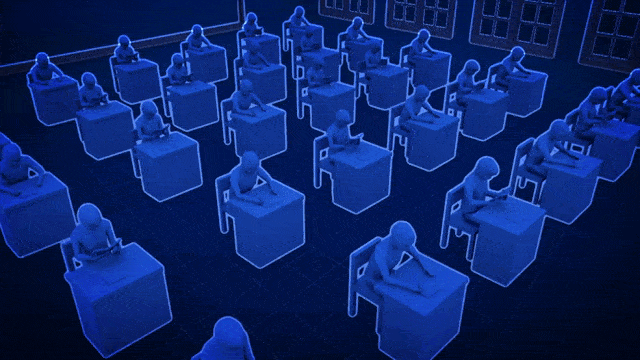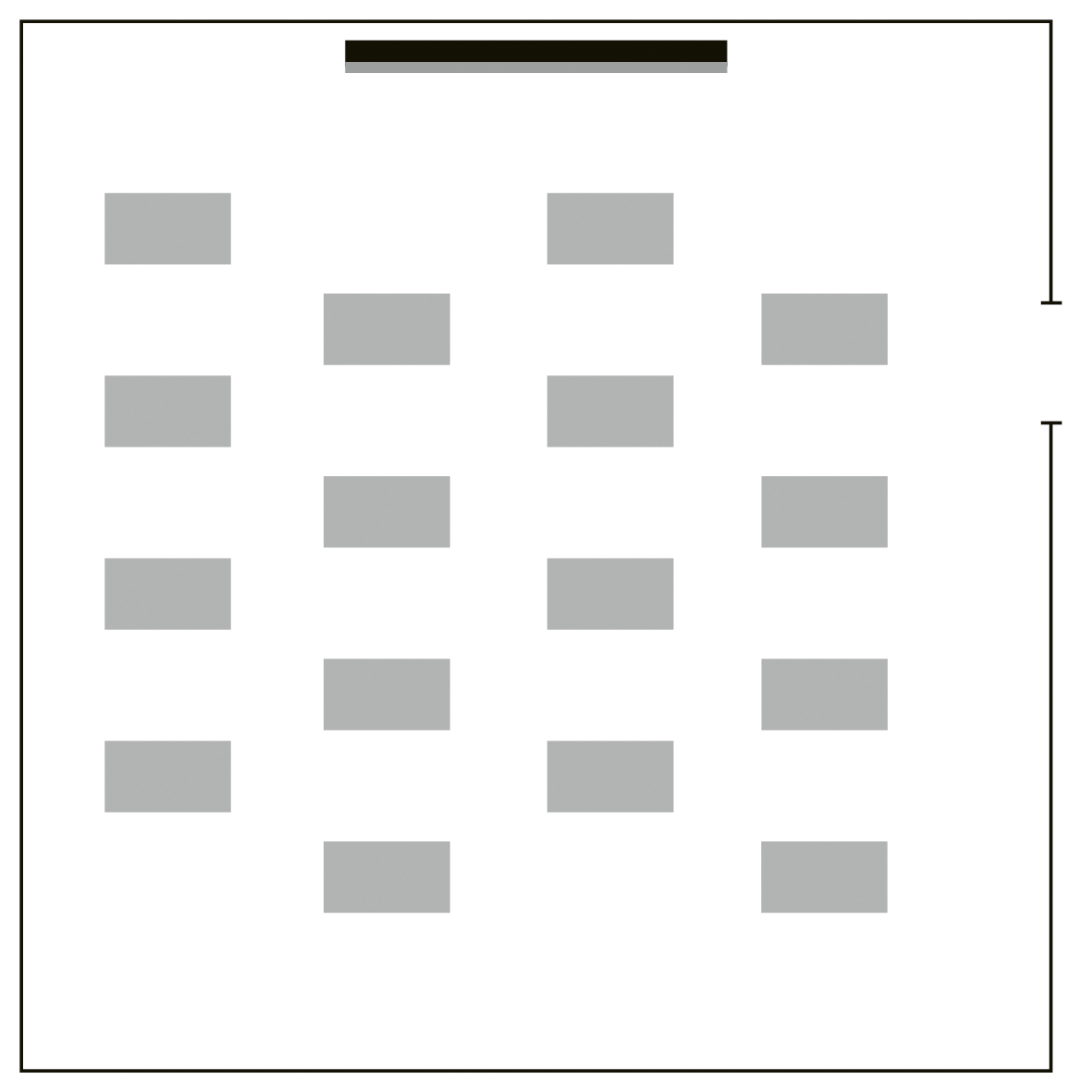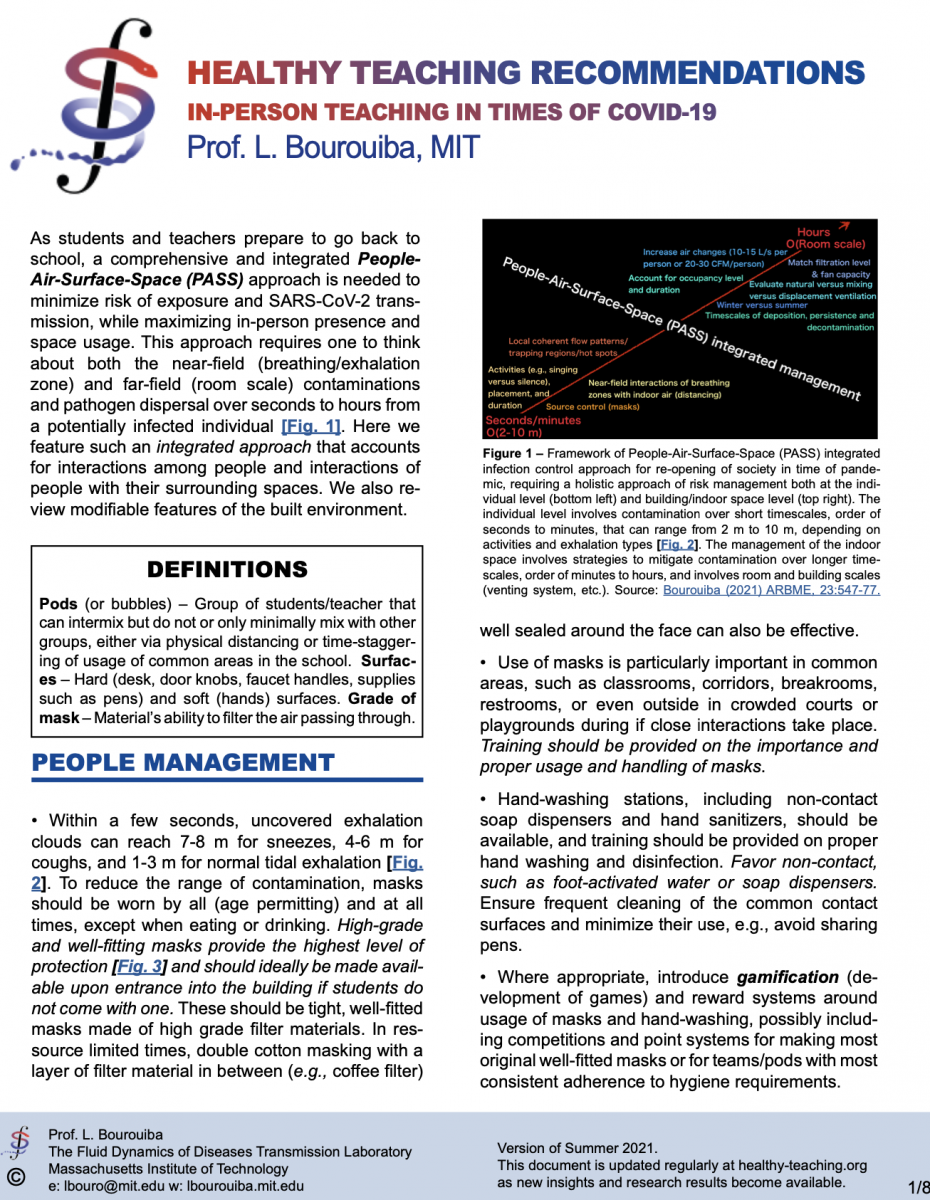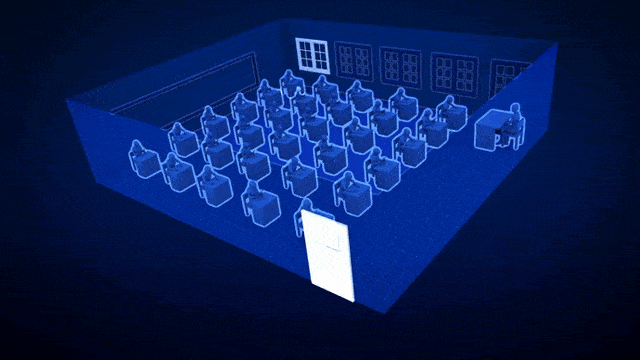In time of novel SARS-CoV-2 variants affecting children in unprecedented numbers, parents, teachers, school boards and policy makers are naturally seeking guidance on preparing for in-person teaching.
This document seeks to address many questions we have received frequently over the past 18 months from parents, educators, school administrators, supply managers, healthcare workers, members of various professions, and private citizens from around the world. The document focuses on risk mitigation strategies in indoor spaces and activities pertinent for schools and children given the challenges posed by bringing children back to in-person education when COVID-19 cases and hospitalizations in younger age groups are rising. The document seeks to synthesize information from the research literature, ongoing research, and relevant standard documents from regulatory agencies, professional societies, and the research community at large.
This document complements guidance provided by the U.S. Centers for Disease Control & Prevention and the World Health Organization focused on testing and vaccination programs, and so these topics are not covered here. Rather the document aims to fill knowledge and practice gaps regarding a holistic People-Air-Surface-Space (PASS) risk mitigation approach.
Given the dynamic nature of the pandemic, some of the work highlighted is in flux, and new relevant insights are added to this document as they become available. Refer to this page - healthy-teaching.org - for updates. Readers should also consult the guidance of local, state, or national advisory or regulatory bodies when deciding on particular risk mitigation strategies.
REFERENCE TO USE FOR CITATION/USE OF MATERIAL:
L. Bourouiba. Healthy Teaching Recommendations: In-person teaching in times of COVID-19, Summer 2021, healthy-teaching.org, DOI: 10.5281/zenodo.5228800.
Note that this document is also referred to as the "Recommendation Document" in the additional resources below on this page.
PARTNERS:
• Fields Institute for Research in Mathematical Sciences – COVID-19 Task Force. The Fields Institute COVID-19 Task Force mobilizes a network of infectious disease modelers and public health experts to assess transmission risk, predict outbreak trajectories, evaluate the effectiveness of COVID-19 countermeasures, and guide production of policy recommendations.
• MIT Policy Lab. The mission of MIT‘s Policy Lab at the Center for International Studies is to develop and enhance connections between MIT research and public policy, in order to best serve the nation and the world in the 21st century.
Click on the image below to see/download the full document. 
EXAMPLES OF CONCEPTS FOR PLACEMENT OF OCCUPANTS GIVEN A VENTILATION: MAXIMIZE AIR CHANGES, BUT AVOID STRONG DIRECTIONAL PERSISTENT AIRFLOW PATTERNS AT THE LEVEL OCCUPANTS WHEN DOING SO.
The animations below were developed with ABC News GMA.
 |
|
| Build up of contamination over time: exposure depends on the competition of time versus distance (see Figure 7 of the Recommendation Document for more details.) | Animated illustration of concepts discussed in more details in Figure 8 of the Recommendation Document: Avoid placing individuals right at the inlet/outlet of air. |
|
Separators are to be used with care: they can reduce forward momentum of exhalations and block large exhaled mucosalivary ejections, but they do not prevent air from moving around, and can serve as traps of contaminants, reducing the efficacy of venting (even for rooms that are estimated to have reasonable ACH values). See more details on these concepts in Figures 8 and 9 of the Recommendation Document. |
Prefer only short time usage of separators if they have to be used. Favor increase flushing of the air in the room after their use (and injection of fresh air). See more details on these concepts in Figures 8 and 9 of the Recommendation Document. |
EXAMPLE OF CONCEPTS OF MANAGEMENT OF SPACE TO MINIMIZE EXPOSURE FROM CONCENTRATED EXHALATES.
See more details in Figures 4, 5, 6, 7 in the Recommendation Document.
 Entering the classroom Entering the classroom |
 Emptying the classroom Emptying the classroom |
DISCUSSION OF THE CONCEPTS - How to stop student COVID spread as school year kicks into gear?
Good Morning America SEGMENT.
ADDITIONAL RESSOURCES
AIR PURIFIERS AND HVAC REFERENCES:
- EPA resource on MERV filter.
- EPA resource on HEPA filter.
- ASHRAE on Mechanical filtration.
- Technical ASHRAE resource for building management.
- Online resource for converting CFM to L/s (to estimate the L/s/person needs of a given space).
- Online tool to compute noise pollution from different noise sources (e.g., multiple air-filters in an occupied space).
ADDITIONAL DEFINITIONS IN RELATION TO VENTILATION AND AIR PURIFIERS/CLEANERS:
- Air Changes Per Hour (ACH) is the Volume of filtered or clean air injected per hour divided by the volume of the room (height times length times width)
- Clean Air Delivery Rate (CADR) is a value typically given by the portable air purifier manufacturer (typically in CFM - see Recommendation Document above for definition)
- The contribution of an air purifier/cleaner to the ACH is obtained using: the CADR divided by the volume of the Room (height times length times width)





